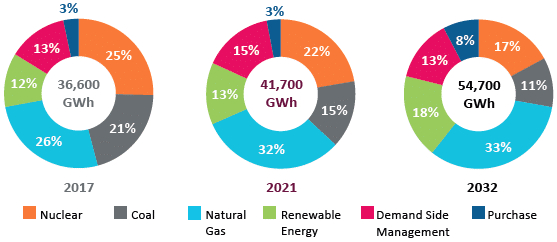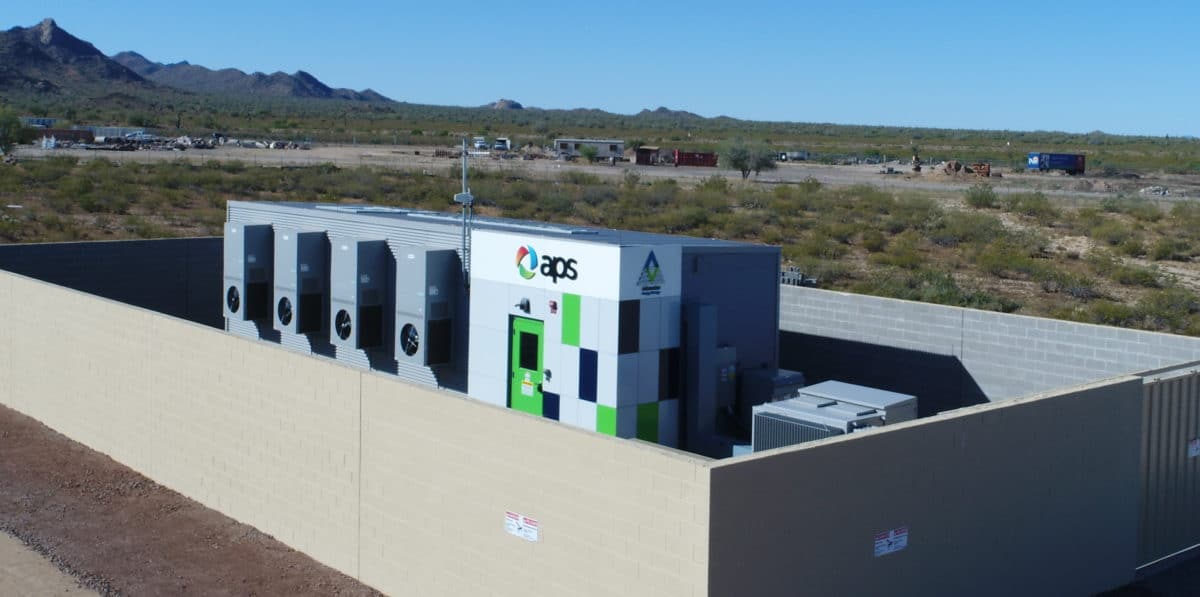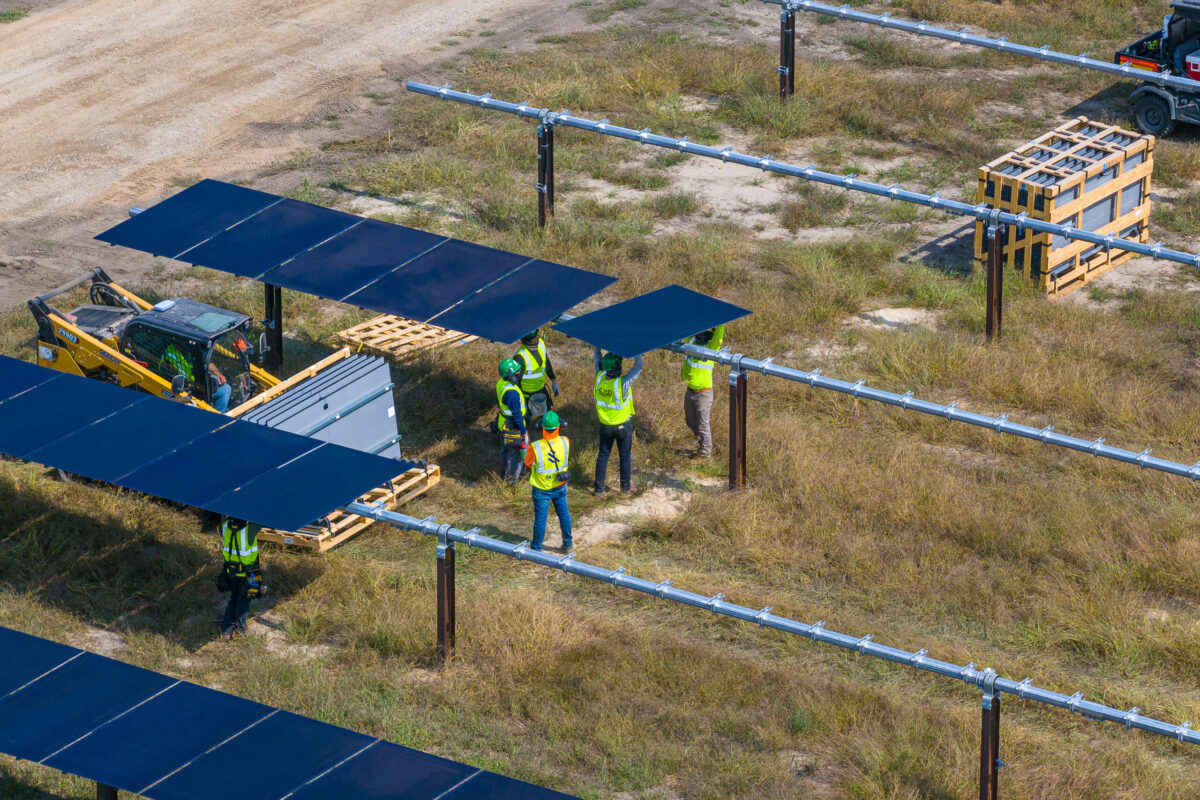When it comes it dirty energy politics, few states are the equal of Arizona. For years Arizona’s state-wide regulatory body, the Arizona Corporation Commission (ACC), was plagued by scandals. And in these scandals there was one party that kept being implicated: utility Arizona Public Service (APS) and its parent company, Pinnacle West.
Pinnacle West has also used its financial muscle to defeat a ballot initiative that would have required the state’s utilities to transition to 50% renewable energy by 2030, but in the last election APS appears to have lost control of the ACC, with newly elected Commissioner Sandra Kennedy putting forth a proposal for the state to move to 50% renewables by 2028.
Much of this battle has not been about whether or not to deploy solar per se; it has been about how much and how quickly, and whether this will be customer- and third-party owned rooftop solar or large solar plants in the desert. The latter APS has been happy to invest in.
Today the utility took a major step into the future by announcing plans to put on a massive 850 MW of battery storage by 2025, as well as 100 MW of new solar.
This is the largest volume of energy storage by any utility pv magazine has seen to date, and the new procurements include the following elements:
- 100 MW solar + storage plant
- 100 MW battery project
- 50 MW battery project
- 200 MW of new batteries at existing solar plants
- 400 MW of new solar+storage and standalone energy storage
APS intends to issue a request for proposals this summer for the 100 MW solar + storage plant, whereas Invenergy and AES have been chosen to build the 50 MW and 100 MW battery projects, respectively.
The 200 MW of new batteries will be installed at eight existing PV plants. Invenergy has been chosen to install batteries at six plants in Maricopa and Yuma Counties totaling 141 MW, with the remaining two upgrades to be completed by 2021.
According to APS as quoted in Greentech Media, these will be three-hour batteries, meaning that this portion will offer 600 megawatt-hours of energy storage.
There were no details provided for the additional 400 MW other than APS referencing a 65 MW solar and 50 MW battery project that First Solar is building for utility, which is also planned to go online by 2021.
Solar, nukes and gas
The new battery deployments both suggest APS’ plans for the future and reflect its generation current mix. The utility boasts that it gets more than 50% of its electricity from sources that do not emit carbon, its 2017 Integrated Resource Plan (IRP) shows that this number is only possible if demand-side management is included, and renewable energy made up only 12% of APS generation that year.

Graphic: APS
In 2017 a quarter of APS’ power came from the Palo Verde Generating Station, the largest nuclear power plant in the United States.
Nuclear power plants in the United States typically don’t ramp, including in states like California where large volumes of solar provide abundant generation during the middle of the day. Nor will solar or nuclear on its own deal with the problem of peak demand in the evening. Energy storage provides a resource that can deal with both of these issues, and APS specifically referenced “solar after sunset” in the headline of its press release.
In addition to the batteries, another resource that allows for flexible generation is natural gas, and APS has additionally announced a contract with Calpine for the output of 463 MW of natural gas generation. However the Calpine contract is only for seven years, which APS says will allow it to “take advantage of cleaner technologies in the future as they mature”.
With this latest move, APS appears to be trying to get ahead of the changes that may be forced upon it by regulators, as the United States increasingly moves towards mandating higher levels of renewable energy.
This content is protected by copyright and may not be reused. If you want to cooperate with us and would like to reuse some of our content, please contact: editors@pv-magazine.com.









Storage is still in the first inning. In a few years people will be wondering what the big deal was with intermittency.
If First Solar is installing the panels, they probably are thin film cadmium telluride and these are garbage
that have to be recycled as hazardous waste.
Yes, CdTe modules need to be recycled because CdTe would be moderately dangerous were it not sealed between two layers of glass. They also recycle these panels because CdTe is *valuable*.
And it is an interesting claim that you make that First Solar’s panels – which have been used in 20 GW of installations – are “garbage”. I note that you supply zero evidence with that dismissive claim.
@Christian, First Solar announced way back, like 2003 that the company had a cradle to grave business model. Now? But First Solar at least once said they would take back the old panels, grind them up and reuse the ‘film’ in the panel making process for the next generation of panels.
As for energy storage, I see in Australia, TESLA is pushing the MegaPack, it is supposed to be 250MW/1GW that TESLA ‘claims’ can be installed on three acres in three months. Not a lot of talk in the U.S., why?
Not sure why there is not a lot of talk in the United States about the MegaPack.
As for First Solar, I’ve seen the facility at their factory in Ohio where they grind up PV modules to extract the cadmium telluride. It’s real.